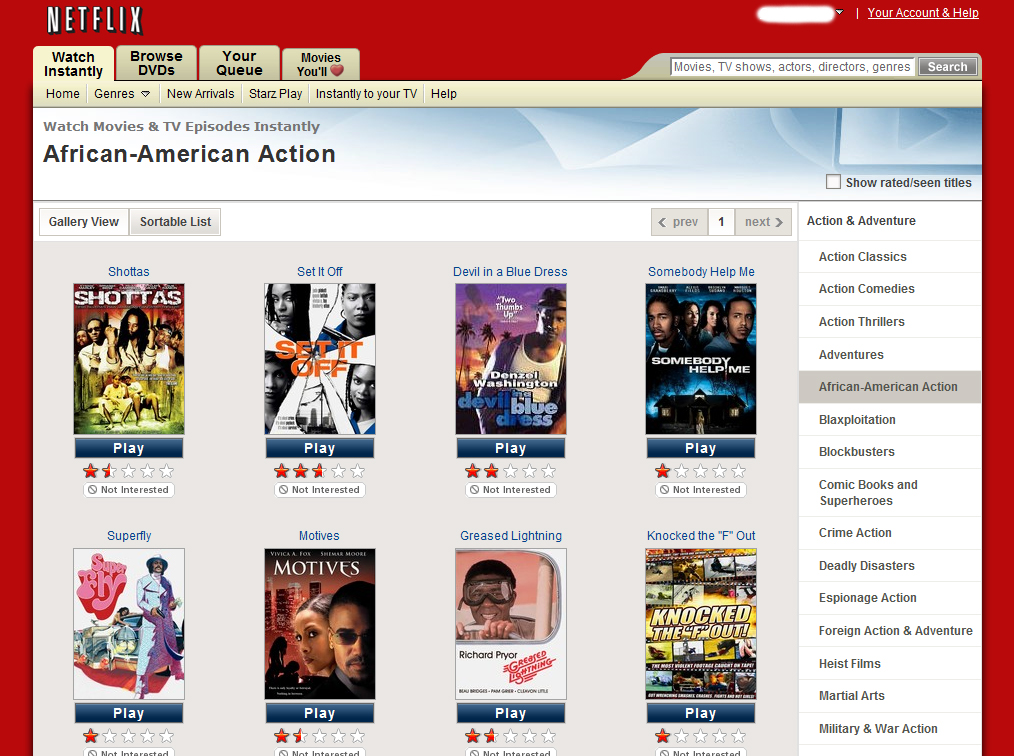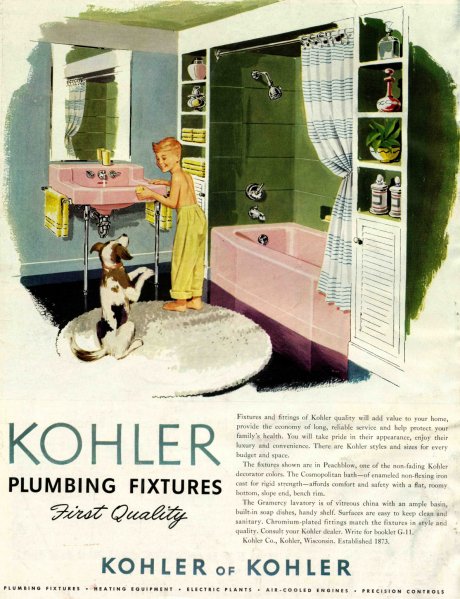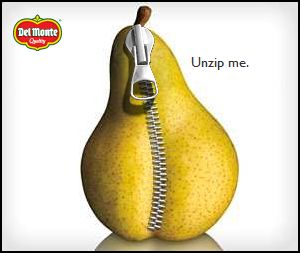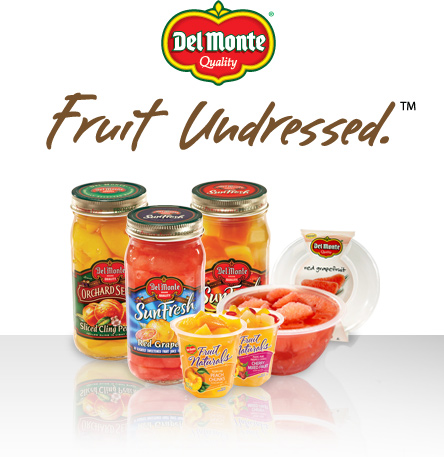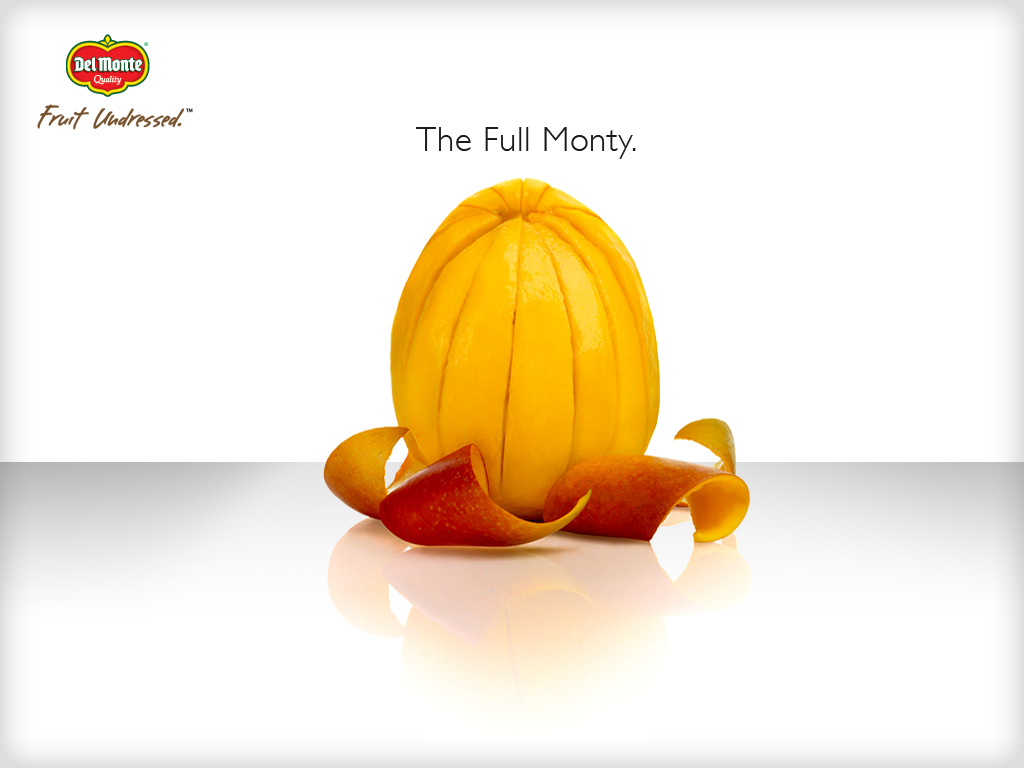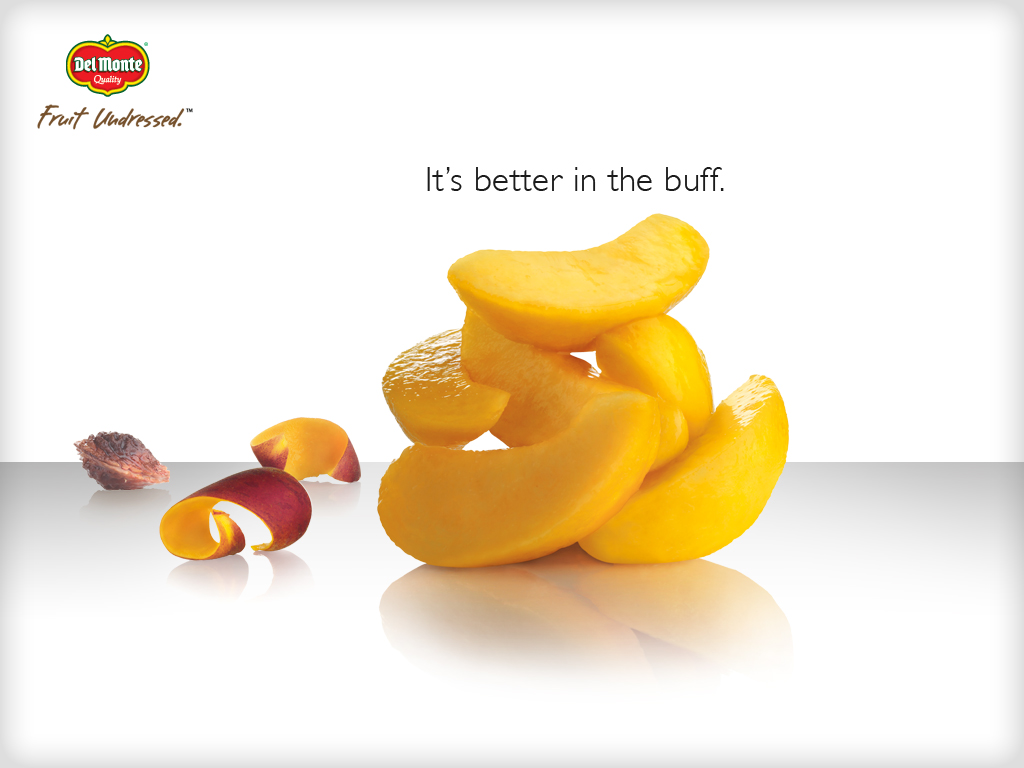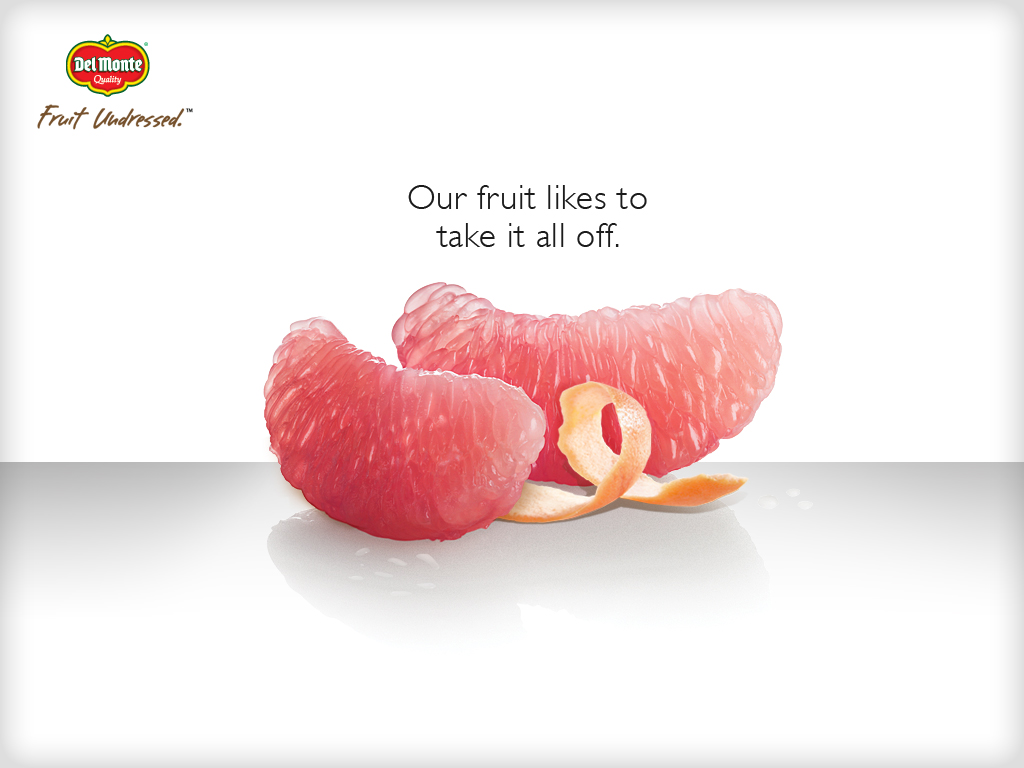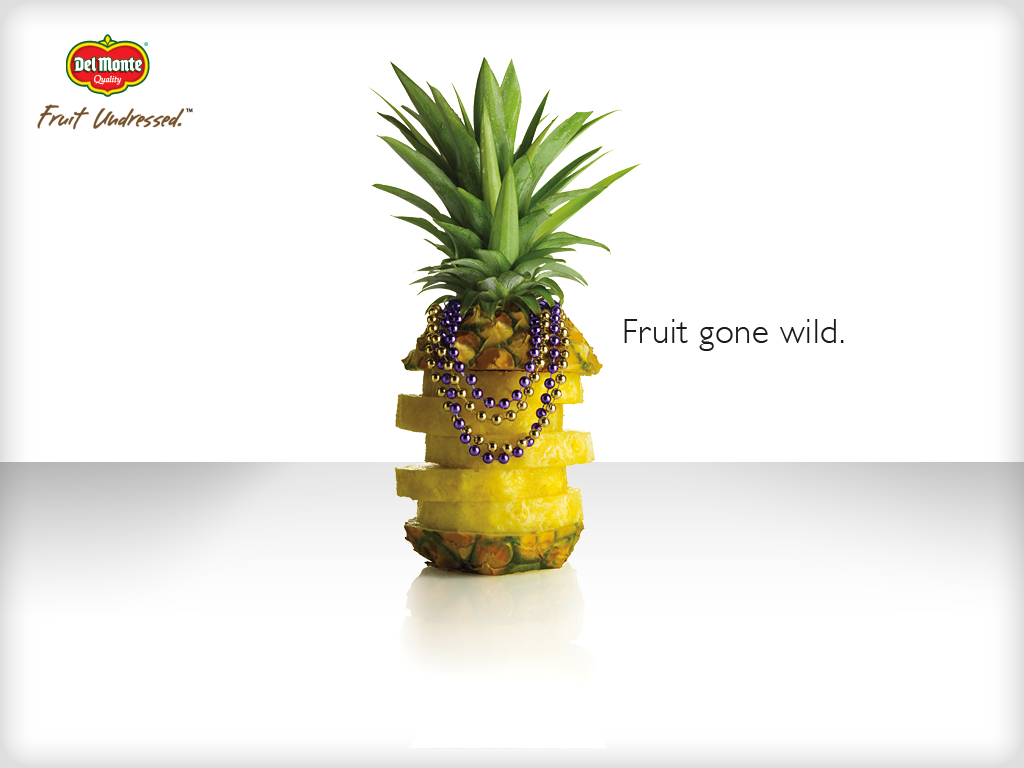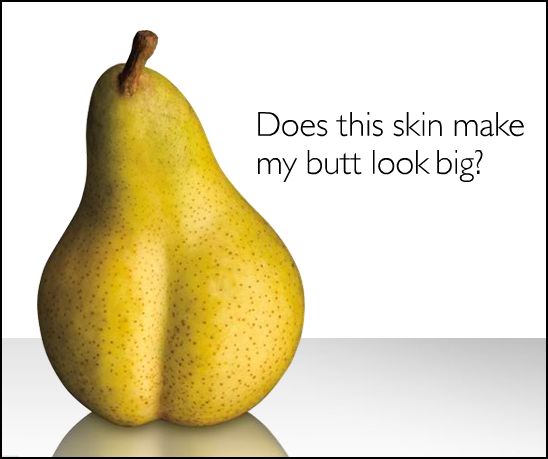A few days ago, a mini-controversy erupted when this vidcap from the sports network RDS started making the rounds. Here’s the Deadspin article. Two Montréal Canadiens fans {nicknamed Habitants or Habs} donned the jersey of a hot prospect, P. K. Subban, who happens to be Jamaican Canadian. They also painted their faces black and wore afro wigs.
Toronto Mike blogged about the incident and one of the Habs fans came on to comment. The words got pretty heated, but in the end, the fan apologized and Habs and Leafs fans once again could resume their hockey-based hatred of one another.
What struck me as interesting was how this drama played out. The French language cable network covering the 11 March game against the Edmonton Oilers chose to air 10 seconds of the two friends. Was the intent to be controversial? Was the intent to be a facepalm moment? The back-and-forth on Toronto Mike’s blog was interesting, as the polarizing effect of race brought up assumptions about the Habs fan and his intent by commenters. In the end, I thought the Habs fan handled himself well, given how people were responding and what was being said. Toronto Mike did a good job of not divulging the fan’s name. This was one of those rare moments where Web 2.0 seemed to actually foster a dialogue and didn’t degenerate into a protracted flame war. That said, it wasn’t always pretty, but a lot prettier than what one typically sees on news article comments on issues of race, which are often tantamount to text equivalent strangers yelling at each other at the top of their lungs in an open hall.
Here on ThickCulture, we have examined race in the post-racial era. Racism isn’t dead, it’s just gotten to a late stage where there is a consciousness about what is offensive and debates of this now enter into the public discourse space. I get a sense that race gets so intertwined with speech and knowledge structures that it often becomes a confusing and convoluted morass for many. This impinging upon liberties of speech, in terms of what one can and cannot say or should and should not say, creates a tension, which may result in a backlash.
Where are the lines in the post-racial era? Here in Toronto, last fall there was a party where a group of guys dressed up as the Jamaican bobsled team, depicted in the film, Cool Runnings {1993}. This story caused a stir and points were argued through social media comments on whether or not this was racist.
Four guys darkened their skin and one guy lightened his. The Torontoist chronicles how the story unfolded and offers a tutorial on what blackface is and its cultural significance. The students offered their explanation for their choice of costume:
First and foremost we would like to apologize if anyone was offended…Throughout our childhood, Cool Runnings was something we reflected on with fond memories and therefore in the process [of] choosing Halloween costumes, seemed to be a promising candidate. With this idea in mind, we took notice of how the primary cast, consisting of four black characters and one white character, coincided with our group ratio of four white and one black member. This sparked the idea to add another comedic element to the costume, and have the black student go as John Candy and the white students going as the four bobsledders. At this point, several of us was already of aware of what blackfacing was and therefore took out various means of investigation to further our knowledge of the topic and ensure that what we were doing be doing may not be considered similar in anyway. The conclusion that we came to that simply painting our faces dark brown would not be a portrayal of blackface….understand that we did not act in a negative or stereotypical manner [at the party]. We acted ourselves the whole night, and did not internalize the characters.
Here’s the theatrical trailer for Cool Runnings:
University of Toronto Sociology professor Rinaldo Walcott offered a different take:
I think that in particular [Cool Runnings] became a part of the popular culture imagination of [white] Canadians in a way that [they] took responsibility for that film as though it was somehow an extension of them. And one of the reasons that I think Canadians identified with that film so deeply is because that film weathered something that many white Canadians come to believe strongly—that black people don’t actually belong here. That we are an insertion into a landscape that is not actually an landscape where we naturally fit.
For black people who understand this history [of blackface], Cool Runnings was never a funny film; it in fact replicated all of the techniques of blackface. It is in fact one of the ways that we have come to see that blackface does not require painting of blackface anymore. Just look at the work of Marlon Riggs. We know that in North America there is a deep resonance around producing images of black people that make black people look disgusting. Cool Runnings is a milder version of that. So we should ask… why do they remember Cool Runnings so fondly?
Post-racial means navigating these choppy waters where intent collides head-on with history and its interpretations. Not to get all postmodern here, but while the metanarrative is dead, social media is a site where clashing mini-narratives that structure perceptions of the world, culture, society, etc. battle it out. I think the fellow Contexts blog Sociological Images is a social media site where clashing mini-narratives are de rigueur. I’m wondering if we will ever “get over” issues of race. I’m beginning to think we won’t, given globalization, etc., but perhaps it’s due to the fact that what this is really all about is identity.
What troubles me more than this is when the “right” language is used by individuals doing so strategically. The talk is talked, but the walk isn’t walked. That’s a topic for another blog.
—————————
Kenneth M. Kambara interests and expertise include social media, innovation strategy, environmental sustainability, business and marketing, sociology, urbanism, critical theory and economic sociology. His insights (and unexpected pop culture segues) can be found on the fellow Contexts blog, ThickCulture, and on his own blog at rhizomicon. Like every good social media guru, he also tweets.
If you would like to write a post for Sociological Images, please see our Guidelines for Guest Bloggers.
Lisa Wade, PhD is an Associate Professor at Tulane University. She is the author of American Hookup, a book about college sexual culture; a textbook about gender; and a forthcoming introductory text: Terrible Magnificent Sociology. You can follow her on Twitter and Instagram.


